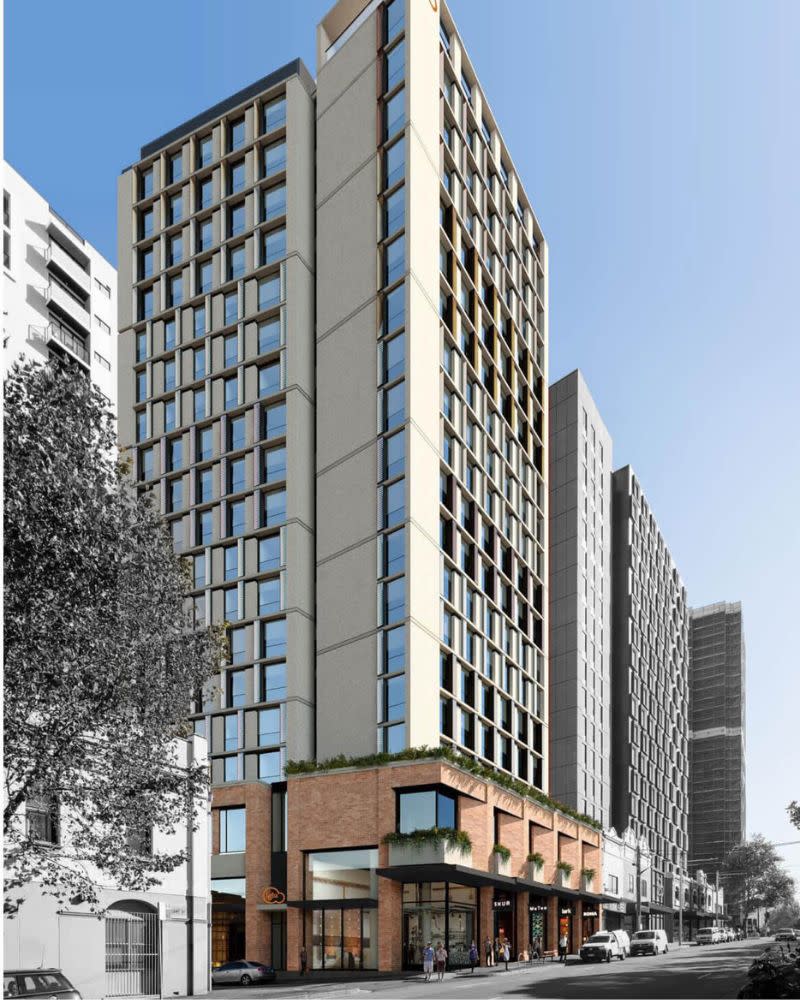Trigger Warning: When Builders Will Move Back into Residential

One of the biggest challenges for traditional apartment developers is finding a builder willing to take on the risk of building high-density projects.
And with an abundance of infrastructure jobs in the pipeline, Richard Crookes Constructions chief executive Jamie Crookes is saying what everyone else is thinking. Residential is just unpalatable.
Richard Crookes Constructions is a private, family-owned construction company that has been building for government and private clients since 1976, but residential is largely off the table at the moment.
“We’ve probably delivered 20,000 apartments in the last 40 years, it was a huge part of our business for a long period of time,” Crookes said.
“Things are taking longer, there’s more uncertainty in the market. Market desirability for subcontractors is low, and the lack of capacity has made it difficult to complete projects on time and be confident in providing certainty for our clients ... it became unprofitable for us, so we’ve elected to do less of it.”
Speaking at The Urban Developer and MaxCap industry lunch in Sydney recently, Crookes said the construction firm had diversified into industrial, capping off about 300,000sq m of sheds each year, while also building out purpose-built student housing, hospitals and schools.
“But the residential market for the last three years is where nobody has wanted to be and no one’s done terribly well out of it so they’ve got into other sectors where there’s still plenty of work,” he said.
“We still see residential as a market that is less desirable to subcontractors to build in.”

Costs, delays challenging the market
Builder-developers have certainly benefited in the challenged residential market, with groups such as Billbergia and Deicorp forging ahead on high volume projects in the outer areas.
But JLL head of residential development valuations Bill Fatouros said they are also moving into Sydney’s CBD, with Billbergia recently acquiring a site at 338 Pitt Street.
Fatouros says while there was a big risk profile coming into the city “it’s all about timing”.
CBRE managing director of residential projects David Milton agreed.
Sales is at the thin end of the wedge. Milton said the market had slowed down considerably with little new product coming to market.
“Ninety per cent of our work now is repeat clients, but new client work, we would be a pitch only once every two months. Pre-Covid we would have been doing a pitch for new client work every week,” Milton said.
“There’s just not the volume of work out there and the time factor is impacting all aspects of the industry.
“A three-year job might be taking four years now … and for most clients that’s been the killer.
“The builder-developers are the only ones that can make it work on the transport oriented development sites where they’ve got their efficiencies, they can make it work at $500,000 a box, and they’re the only ones who are able to deliver at that volume.”
But the tide might be starting to turn.

Crookes said that “the wave is coming” and confidence in the market will be crucial.
“I think we're at a time and place now where capacity is coming back into the market, all this residential, there’s no new starts and the old projects are finishing, so we’re getting capacity back in the market.
“The problem in New South Wales is there’s probably only five builders who are building residential stock at the moment. It will be interesting to see who is there to build all that product when the confidence comes, because the demand is enormous.
“I think for us that will be it—the confidence and getting back into that space in a big way, because it’s going to be the biggest sector. It’s a massive opportunity.”
What will change the tune?
Crookes said there were two key inputs that will help develop confidence in building in the residential sector once more.
“We take our capacity from residential, we put it somewhere else, and we have more certainty on timing and cost. We are going to be back in residential at some point, the demand is so high and feasibilities are going to start to stack up,” Crookes said.
“So for us it’s a matter of when does the capacity come back into the market, when is a residential job desirable again? When we can make the sector desirable, capacity will return providing us certainty on time and cost.

Crookes said he believed that the market would find its balance again halfway through 2025.
MaxCap Group chief investment officer Bill McWilliams agreed there was some movement in the market.
“Developers are now saying, ‘We’re at the end of this interest rate cycle, my feasibility hasn’t worked for the past two years, but I think the builders have jobs rolling off, I’m going to go back out to tender’,” he said.
McWilliams said the weight of capital that had moved into private credit meant there were “some good deals around once a site is activated”.
The trick is getting it to that point.















